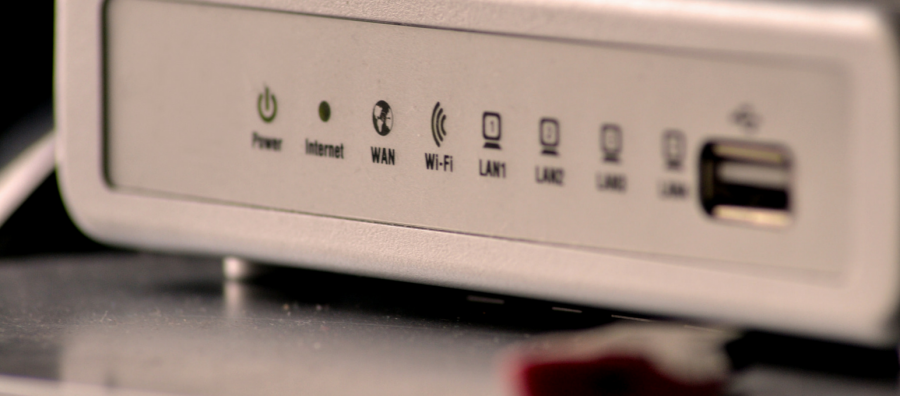Despite the fact we are over ten years into the new millennium, it feels as though much of the apartment industry is stuck in the 1950s. Property management, leasing and marketing generate loads of paper, and we’re reaching out to buyers and prospective tenants through hard-copy, radio and television ads and other yesterday’s technology.
The reasons for this lag include the high cost of hardware, software and training, and our natural reluctance to embrace something that is unfamiliar to us. The good news is, the cost of new technology is decreasing. Internet and ‘cloud’-based services are popular and are offered at a range of prices designed to suit the consumer, small businessperson and large corporations alike. The bad news is, renters and investors are increasingly using their smartphones and web browsers to access services online, so landlords can not afford to stay off this bandwagon. Doing so robs them of the action in a new and growing marketplace.
Make Your Marketing Literature Scannable
An example of the marketing possibilities offered by new technology are Quick Response (QR) codes. Similar to barcodes, this new technology allows a mobile phone’s camera to act like a barcode reader. A QR code placed on a piece of marketing will, once scanned, allow the mobile phone’s browser to go to a URL of the property manager’s choosing. This could be your community’s Leasing Centre, or some other web page designed to sell the property.
Once there, your visitors can go on a virtual tour of your buildings, seeing photos, floor plans, descriptions of amenities and other information that wouldn’t fit on a flyer. The website can also offer visitors a chance to book a visit, or check what apartments are available, and how much the rents and utilities are — things that one couldn’t do with a simple flyer. The smartphone’s GPS can even be used to give your visitors personalized directions on how to get to your property for a showing.
This assumes you have a website for visitors to go to. Buildings which invest in such a website, with a descriptive and easy-to-remember domain name, increasingly have an advantage in the marketplace over buildings that don’t.
Automating and Analyzing Your Marketing
New technology can help you market more effectively in a number of ways, including automating the task of lead tracking and generation. A marketing database is important, and it needs to log the contact information of everybody who contacts you, and the particulars of every marketing campaign you engage in. When you hear from a lead, always ask how they found out about your property, and note that down in the database. Very quickly, you can generate lists of which campaign generated the most leads.
Call tracking captures every caller’s phone number and, often, a name and address for follow-up. It identifies calling patterns, which can be used to address scheduling issues, and it too can reveal the true cost and effectiveness of a company’s marketing. This is especially effective with lead scoring, a piece of software which analyzes calls and removes false leads, including calls from current residents, employees or vendors which would otherwise dilute the data. Telephone performance analysis software monitors call-handlers to indicate whether further training or support is required.
This can be a lot of data to sort through, but technology has an answer even for that. Dynamic number insertion software allows you to identify the source of each lead sent to your website in real time. Based on this, the telephone number normally displayed on your web page can be dynamically replaced with a different tracking number, to keep tabs on this lead as it possibly generates a sale. Analytical algorithms in software can help you compare management performance with that of other operators in the same market. Not only does this technology measure your marketing effectiveness, it provides you with the data you need to make informed decisions on where to focus your next marketing campaign to achieve the best results.
Based on the U.S. apartment business, a quarter to a third of signed leases now originate from Internet searches conducted by would-be tenants. Overlooking the Internet as a marketing tool would be financial suicide.
New Technology Brings in the Money
Technology can now assist in all aspects of managing and marketing the multi-unit residential space. It can increase revenues and heighten customer satisfaction. Revenue management software can help you set rental rates, by analyzing current market conditions and historical performance. It can recommend pricing for any move-in date, unit or lease term. By raising or lowering rents more precisely over the traditional methods of a property owner’s best guess, property owners can respond to and benefit from the conditions of the marketplace rather than react to them after the fact.
Although relatively new to the apartment industry, revenue management is already used by airlines and hotels. At the back end of the rental process, this technology allows owners to generate effective keep-living-here offers to existing residents. By encouraging residents to renew their leases within a pre-determined window of time, and offering add-on amenities such as repainting or new appliances to do so, management can reward the loyalty of his or her tenants, just as the airlines and hotels do for their customers. With the average cost of turning over an apartment to a new tenant at $4,100, this technique can save you money and stabilize your revenues.
In terms of customer satisfaction, a resident-only website can allow rents to be paid online, and maintenance requests to be submitted and tracked. The inconvenience of writing rent cheques disappears, and renters will feel that their concerns about the upkeep of the building are being taken seriously. Status reports, sent by e-mail or text to tell tenants when a laundry load is finished or the mail has arrived, becomes a valued amenity.
As technology has moved from high-cost in-house servers to scalable cloud-based services, residential properties can now use processes previously available only to large corporations to process paperwork and analyze data at all points of the tenant rental cycle. This technology is affordable, and can generate substantial returns to the property managers willing to use it. It’s past time for the apartment industry to embrace the future.
Photo Courtesy of Sunil Soundarapandian

